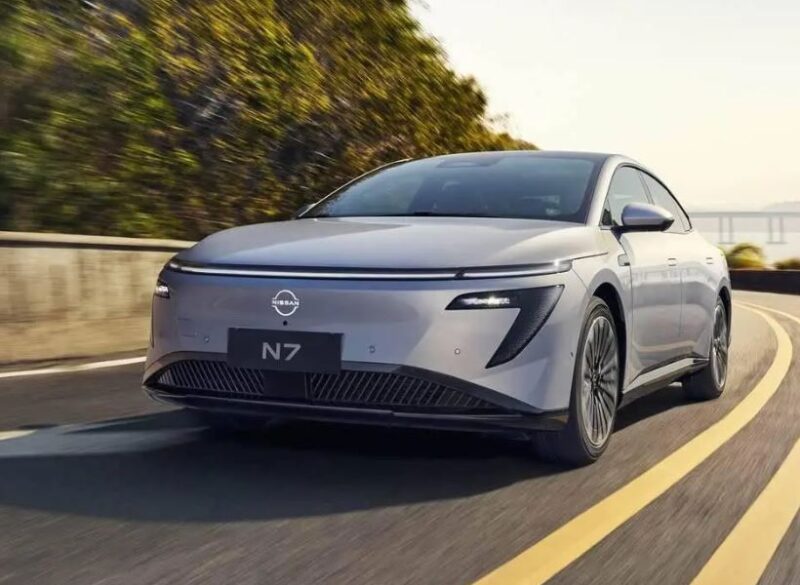On April 13, the Dongfeng-Nissan joint venture opened its N7 all-electric sedan for pre-order, the first model built based on the Tianyan Architecture. Customers who pay a 999 yuan (140 USD) deposit can enjoy a 3,000 yuan (410 USD) deduction from the final purchase price. The official launch will be on April 27 as the “most family-friendly” electric sedan with a less than 200,000 yuan (27,400 USD) price tag.

The Tianyan Architecture underpins EV, PHEV, and EREV platforms. The battery life is increased by 5% thanks to the CTB battery technology, the official claimed.

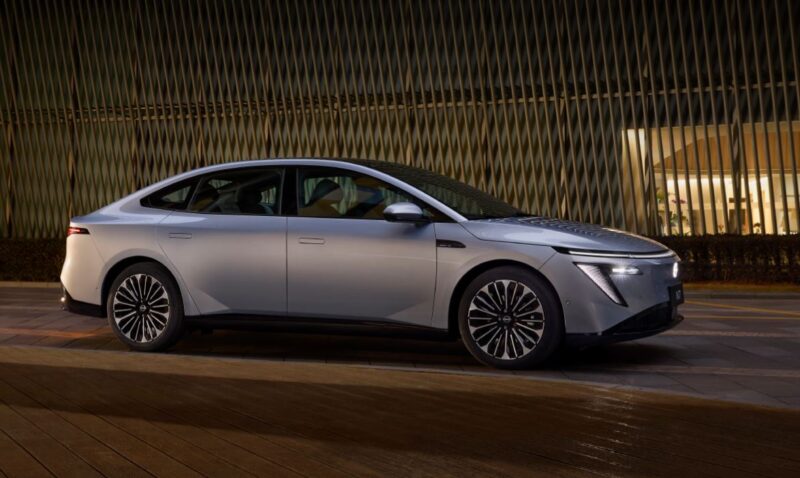

Outside, the Dongfeng-Nissan N7 inherits Nissan’s V-Motion design concept, featuring a closed front face, a through-type headlight strip, V-shaped foglights, and a “NISSAN” logo in the middle that can be lit up. From the side, the fastback shape is paired with frameless doors, hidden door handles, and large rims, bringing the drag coefficient to 0.208Cd. At the rear, the through-type taillight group is composed of 882 OLED units.
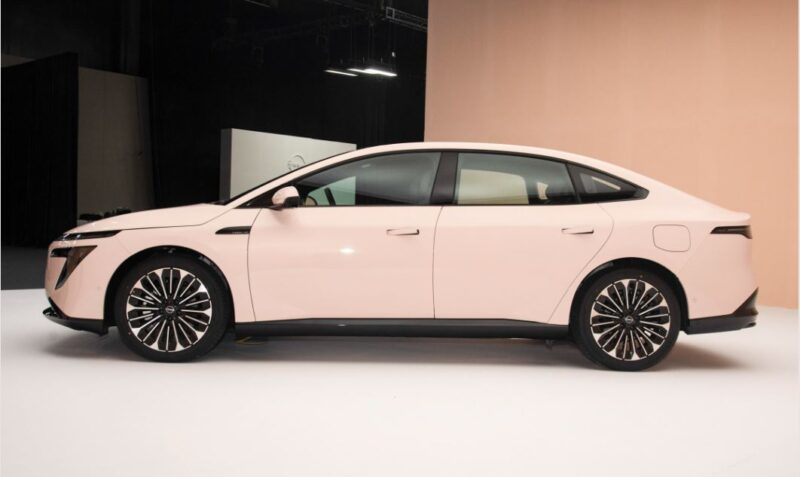
Positioned as a medium-to-large sedan, the Dongfeng-Nissan N7 has dimensions of 4930/1895/1487 mm with a 2915 mm wheelbase. Two curb weights were declared previously: 1949 kg and 1962 kg.
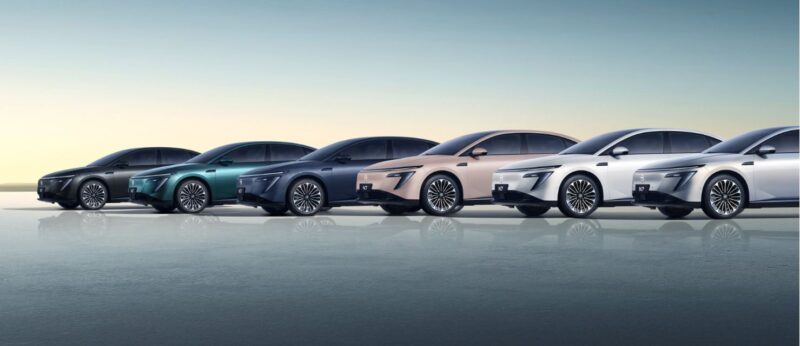
Six body colors are available: blue, silver, cyan, beige, white, and black.
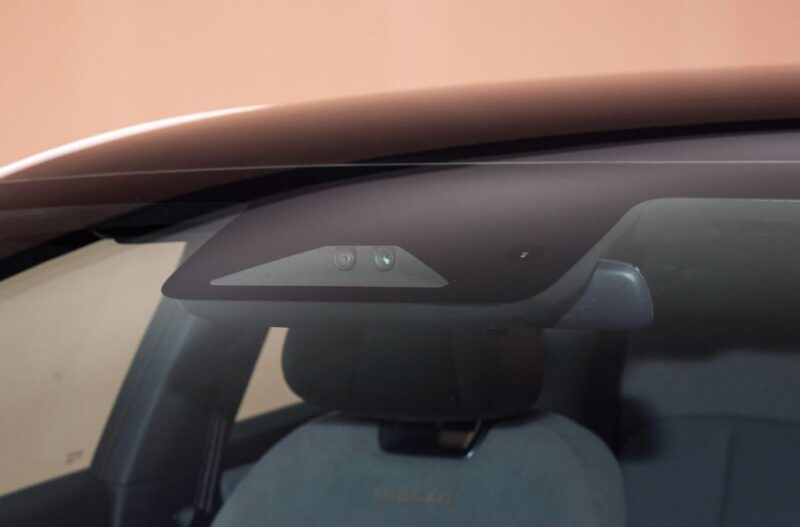
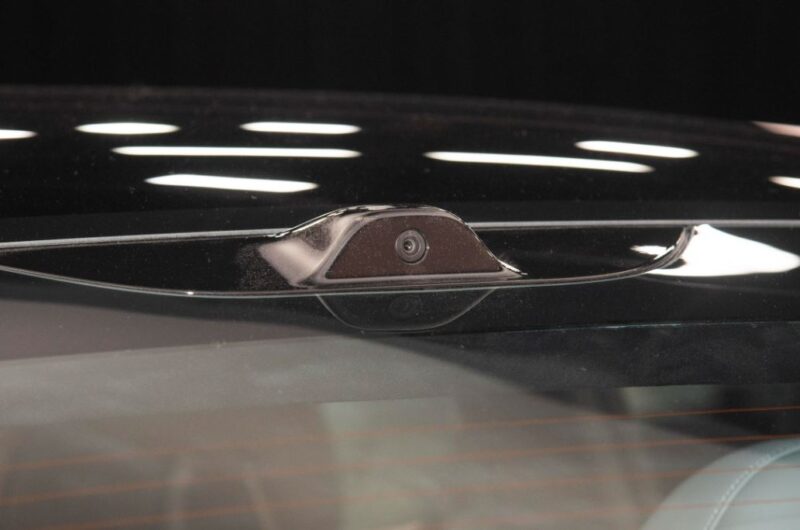
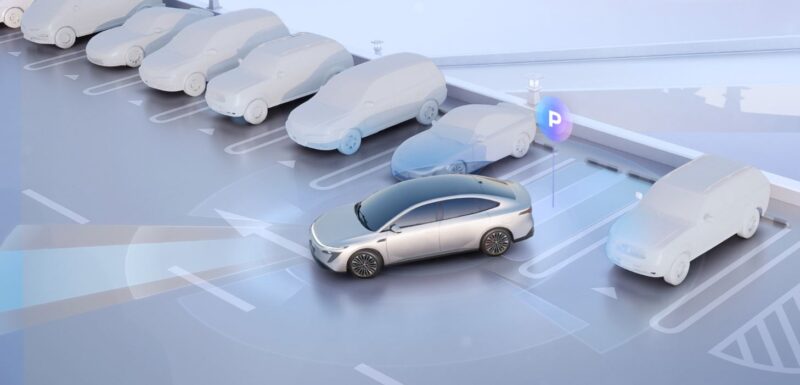

Advanced driving assistance capabilities are another highlight, jointly developed with Momenta, which are realized via a pure vision camera solution for city and highway navigation on autopilot as well as parking assistances including memory park assist.
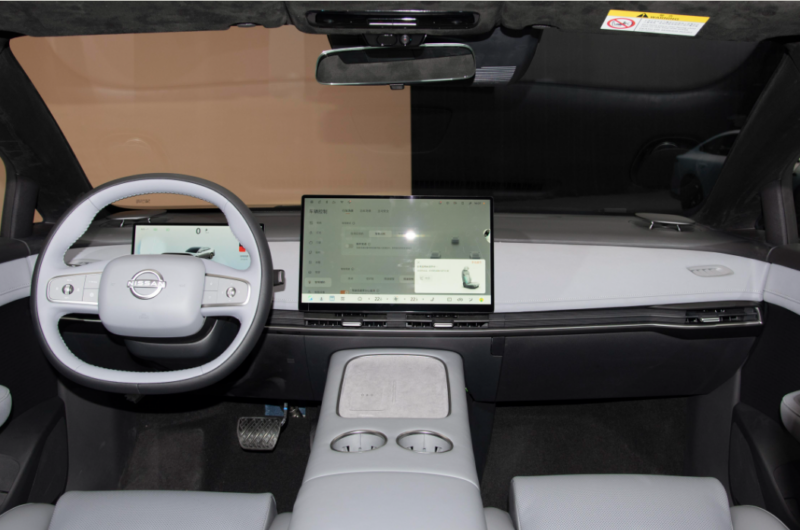
Inside, the interior is offered in two themes: light gray and forest green/snow white. The onboard Nissan OS car system runs on a Qualcomm Snapdragon 8295P chip, which hosts an AI voice assistant that is connected to the DeepSeek-R1 model. HiCar, Carlink, and CarPlay are all supported.
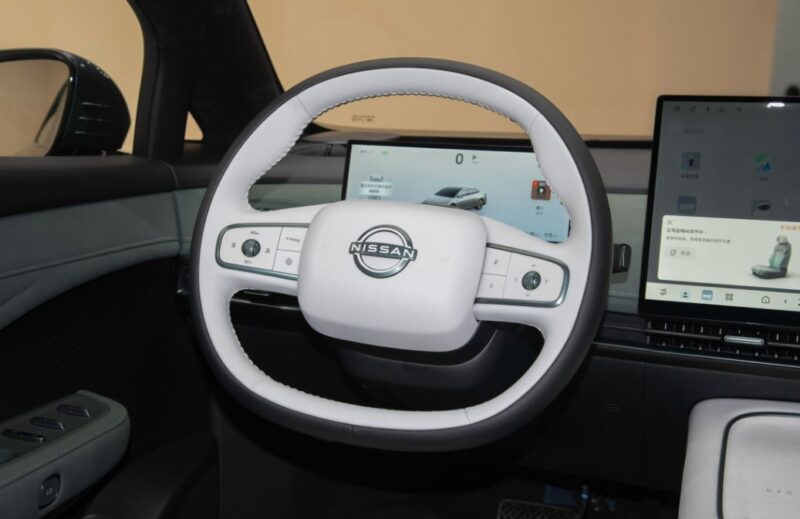
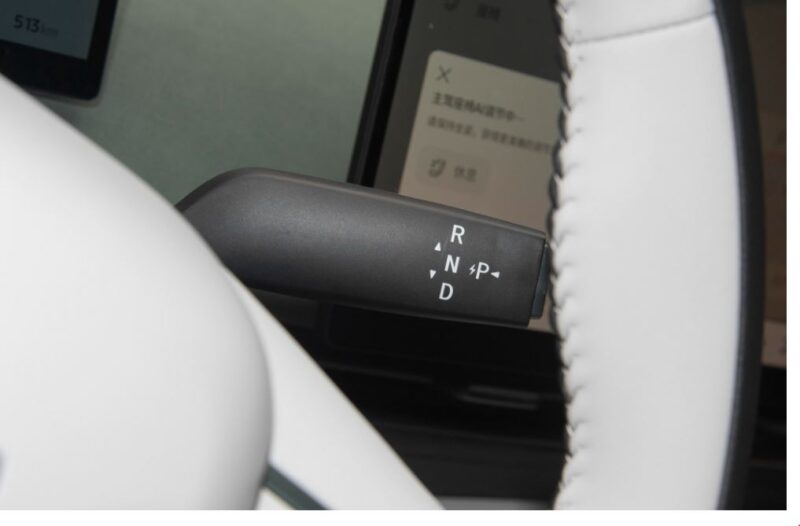

The cockpit has a double-spoke multi-function steering wheel with a paddle shifter, a full LCD instrument panel, and a 15.6-inch 2.5K central control screen.
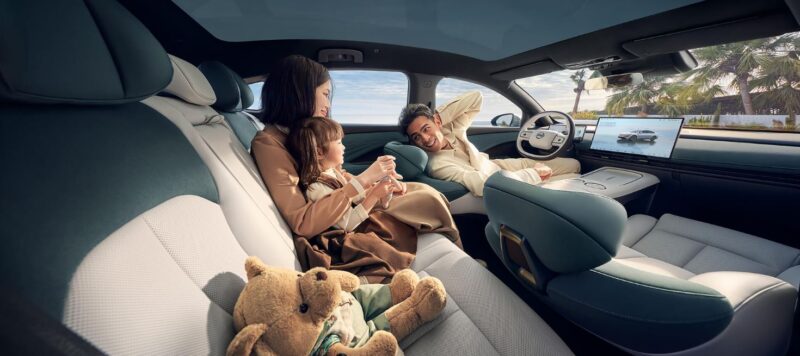
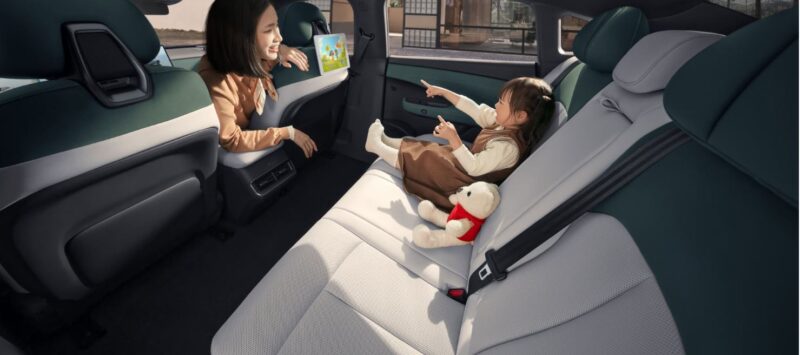
The “AI zero-pressure cloud seats” are equipped with 49 sensors from the Tianyan Architecture, the most in the industry, to achieve “adaptive posture”, according to the official. The seats also have 12 massage points. The standard trunk volume is 504 L.
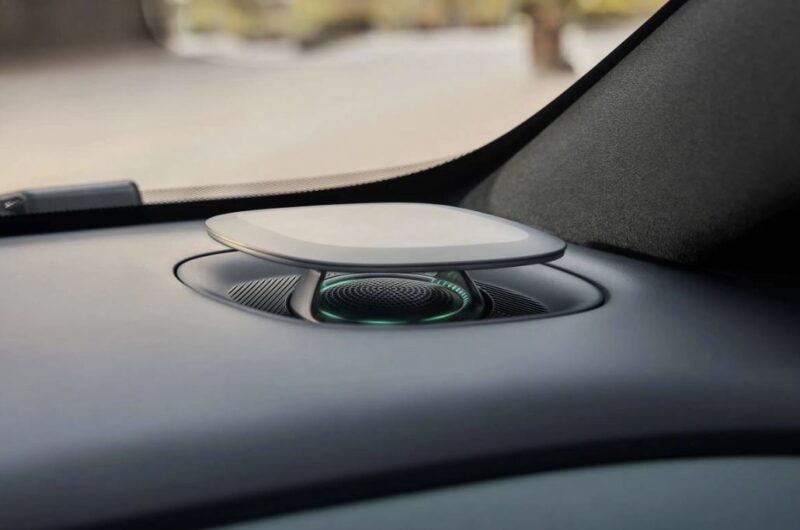
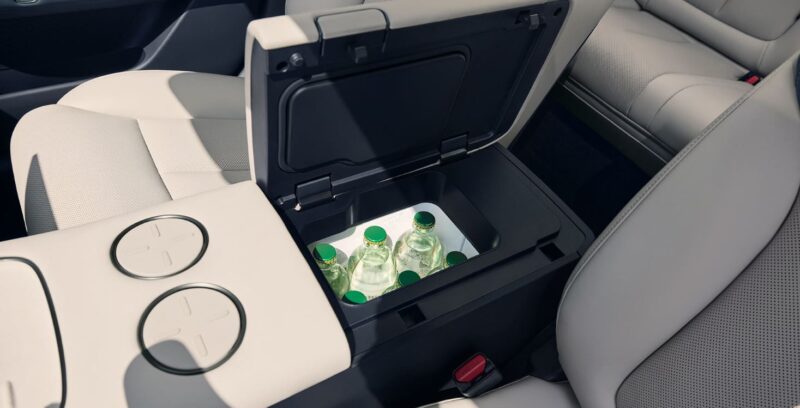
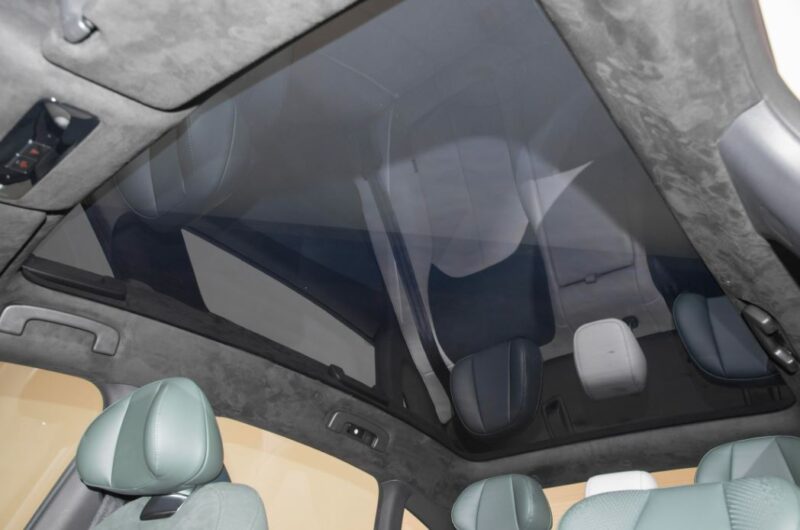
Other configurations include 256-color ambient lights, 14 speakers for the sound system, 50W wireless charging, dual cup holders, a panoramic sunroof, and a refrigerator that supports both cooling and heating with a temperature range of -6°C to 55°C.
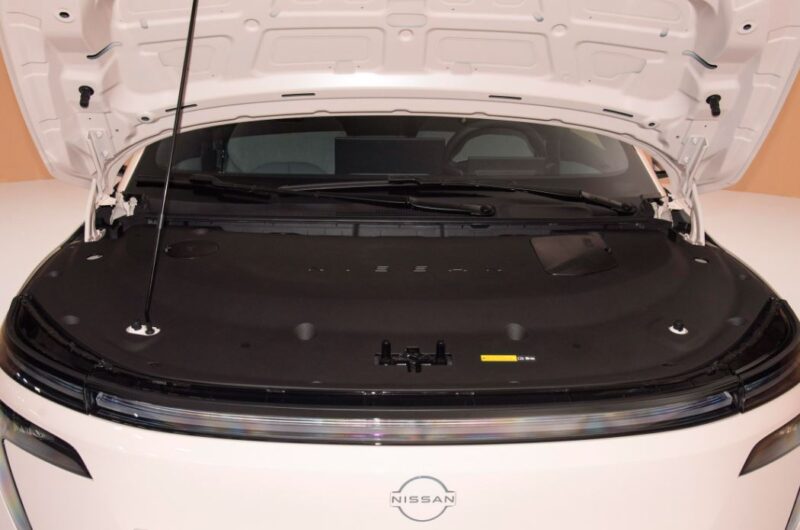
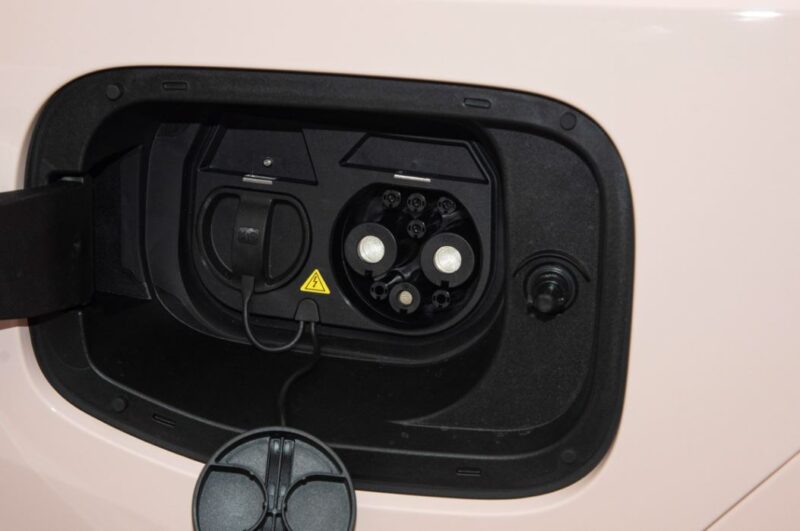
Power comes from a permanent magnet synchronous motor with either a maximum power of 200 kW (268 hp) or 160 kW (215 hp), matched with 58 kWh and 73 kWh lithium iron phosphate batteries, providing a cruising range from 510 km to 635 km (conditions unknown at this time). Additionally, under 3C fast charging, it takes 19 minutes to recharge 400 km.
In China, Nissan’s sales have been declining for six consecutive years. Last year, Nissan China sold 697,000 vehicles, down 12.2% year-on-year. In the first quarter of 2025, 121,000 vehicles were sold, a year-on-year decline of 27.47%. Can the Dongfeng-Nissan N7 compete with similar models such as the BYD Han to further boost sales?
Source: Dongfeng-Nissan, Dongchedi



